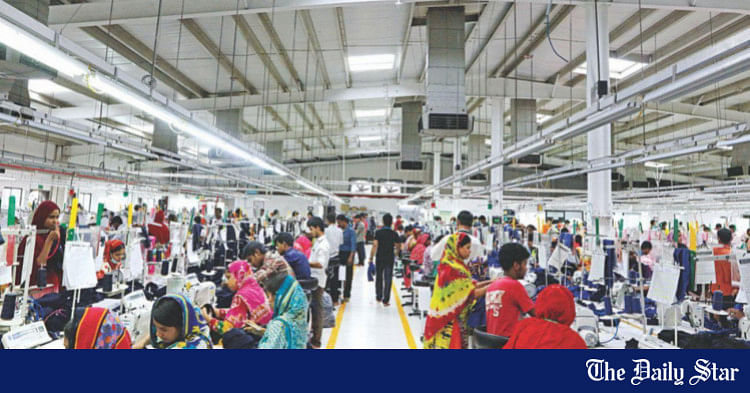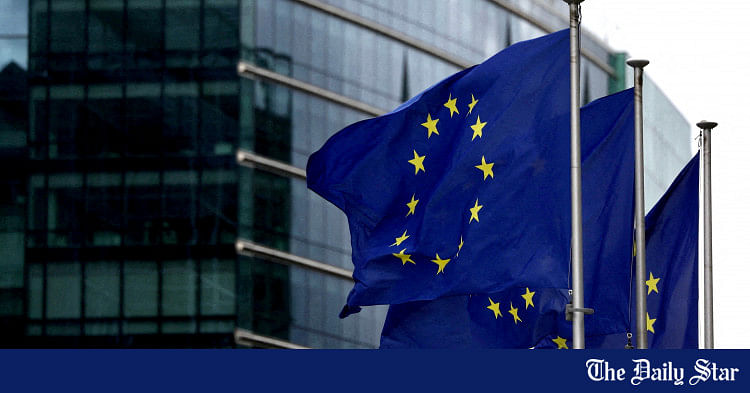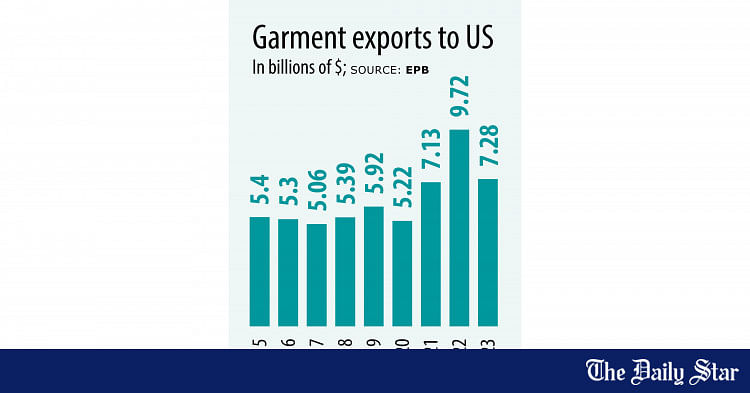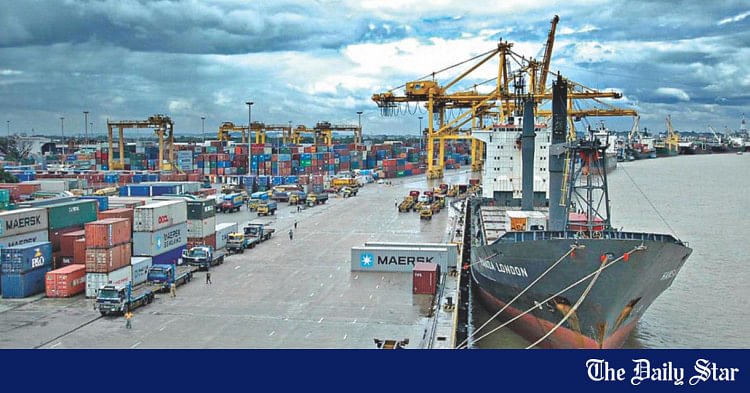Denim exports in blues as inflation forces buyers to tighten belt
Top exporters see recovery signs as int'l expo focuses on sustainability
MONIRA MUNNI
Published :
May 07, 2024 02:48
Updated :
May 07, 2024 02:48
The country's dominance of the global denim market -- built on its position as the top supplier to the United States and the European Union -- was challenged last year by a decline in shipments to both regions, show data.
For the fall, local denim-makers point the finger at a sluggish demand in the global market and high production costs at home.
According to the Bangladesh Garment Manufacturers and Exporters Association (BGMEA), denim exports to the US and EU bloc saw negative growth of 31.07 per cent and 23.42 per cent respectively in 2023.
Denim exports to the US market fetched Bangladesh $649.96 million in 2023 calendar year -- down from $942.96 million in 2022, according to OTEXA, a body under the US Department of Commerce.
Bangladesh has held the top denim supplier position in the US market since 2020, displacing Mexico.
OTEXA data also shows a decrease in total US denim apparel imports from the world last year -- down 23.97 per cent to $3.16 billion from $4.16 billion in 2022.
Once the leading exporter, China fell to fifth place in the US market in 2023 with $312.47 million in exports. Pakistan and Vietnam ranked third and fourth, respectively, with $374.56 million and $336.31 million.
According to BGMEA data, Bangladesh's denim exports to the EU also declined last year, fetching $1.20 billion compared to $1.57 billion in 2022.
Turkey and Pakistan followed Bangladesh in the EU market, with both countries experiencing negative growth exceeding 12 per cent. Bangladesh has maintained its top position in the EU market since 2017, according to BGMEA.
For the decline in denim shipments to both the US and EU, exporters blame a sluggish demand caused by the economic slowdown triggered by the Russia-Ukraine war and the resulting high inflation.
This, they say, forced Western consumers to prioritise essential goods, while rising production costs due mainly to the local energy crisis were also contributing factors.
Anwar-ul-Alam Chowdhury Parvez, managing director of Argon Denims Ltd, said consumers are focusing on meeting basic needs due to the economic climate, with fashion taking a back seat.
"This has led to a decrease in international demand for denim, not just for Bangladesh but for other exporting countries as well," he said. "On the other hand, sales of functional wear and activewear are increasing."
According to Mr Parvez, the situation is unlikely to improve unless global demand picks up.
Rising energy costs and central bank policies were also cited by denim-makers as factors contributing to a decline in local production.
Optimism as innovation in focus at denim expo
Referring to positive buyer projections, exporters at an international denim expo in Dhaka expressed optimism for an upturn in orders from September onwards.
The two-day Bangladesh Denim Expo, held at the International Convention City Bashundhara (ICCB) in Dhaka, features over 60 exhibitors from 11 countries showcasing their latest innovations.
Organised by the Bangladesh Apparel Exchange, the event began on Monday. Manufacturers are displaying a wide range of products, from sustainable fabrics to cutting-edge designs, highlighting the diversity of the denim industry.
The show's theme, "Reimagine", reflects the industry's focus on continuous innovation and the integration of digitalisation. Organisers believe this approach can reshape the denim landscape and leverage the power of technology.
Shovon Islam, managing director of Sparrow Apparels Ltd, a company exporting value-added denim, told the Financial Express that Bangladesh controls 9-10 per cent of the global denim market, worth $85 billion, with annual exports of $8 billion.
High buyer inventory in 2021 and 2022, due to lower consumer demand during the pandemic, led to weaker sales in 2023, he said. However, he was optimistic for an upturn in orders from September onwards for the next season, based on positive buyer projections.
Mr Islam added that global demand has been on an upward trend since the beginning of 2024. Buyers are booking capacity as their inventory levels have depleted.
He also said that some orders are shifting from Egypt due to war and safety concerns.
Mr Islam, who moderated a session at the expo, told the FE that Bangladesh is adapting to changing fashion trends by producing high value-added denim goods.
Shams Mahmud, managing director of Shasha Garments Ltd, said, "Inflation and historically high interest rates set by the Federal Reserve are still impacting the US market."
"This has led to a decrease in disposable income, affecting demand for denim, particularly entry-level high street products which are price-sensitive," Mr Mahmud added.
However, he too expressed optimism for the future. "We are seeing new orders coming in and are hopeful that demand will pick up and exports will rebound in the near future."
The Bangladesh Textile Mills Association estimates that over 40 local mills currently produce denim fabrics.

 welspunusa.com
welspunusa.com












































